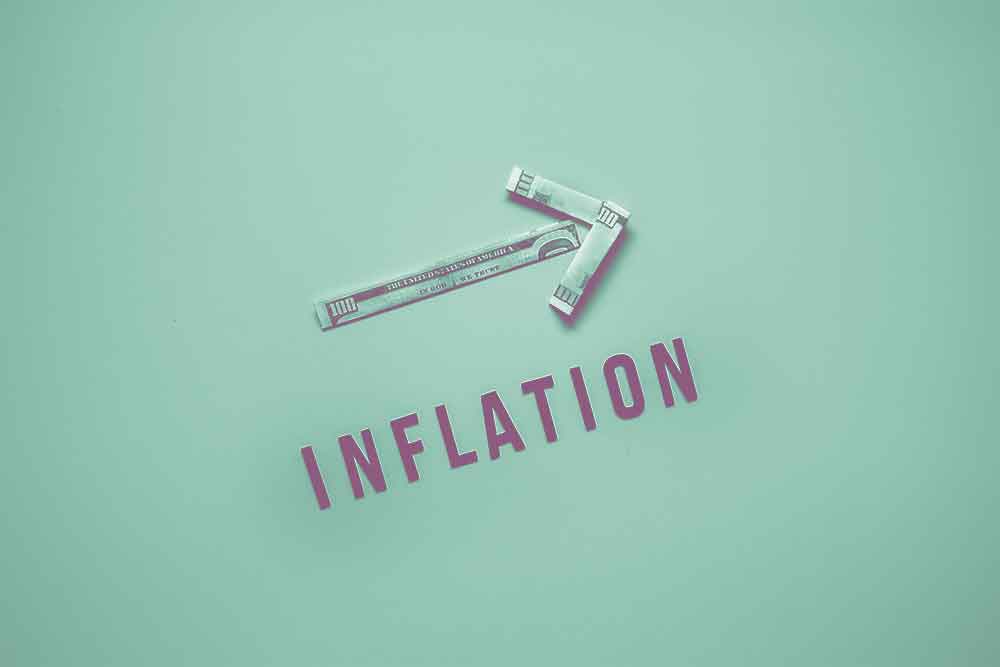Entrepreneurship
The Mystery of Post-Inflation Stability: Exploring Economic Uncertainty


Inflation, a sneaky force eating away at our financial stability, makes us wonder: what happens after its rampage? Do things settle back to normal, or are we stuck dealing with the aftermath?
Inflation is simply prices creeping up over time, quietly changing our financial landscape. Think of your favorite café inching up its prices or your grocery bill slowly climbing each month – that’s inflation at work.
Basically, inflation happens when there’s too much money chasing too few goods. It’s like a bidding war where prices shoot up because everyone wants the same thing.
But not all inflation is bad. A bit of it, around 2-3% a year, can actually help the economy by encouraging spending and investment. But when it gets out of control, it’s a problem for everyone.
After the chaos of inflation settles, money loses its value fast. Things that used to be cheap become too expensive, especially if your income doesn’t keep up. That’s when people start feeling the pinch.
That’s where central banks like the Bangko Sentral ng Pilipinas (BSP) step in. They use tools like interest rates and policies to stop inflation and bring things back to normal. Their goal is to balance making money and keeping prices stable.
But does everything really go back to normal after inflation? Not really. Even after the storm passes, its effects linger, affecting people and businesses. That’s why it’s important to keep watching prices and be smart about using resources in this uncertain economic world.
In the end, even though inflation seems mysterious, its impact is real. By understanding it and staying alert, we can sail through the ups and downs of post-inflation stability and keep our finances steady. (ASC)
































